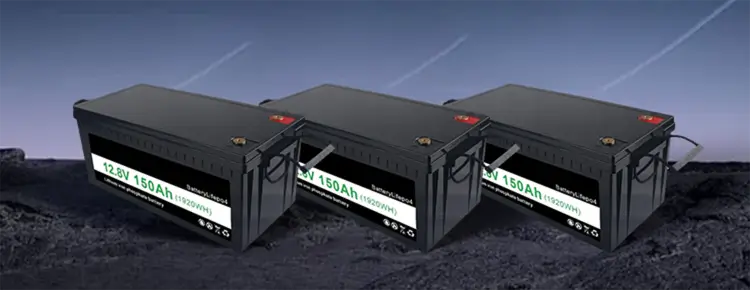



Blog
Hot Category
Latest Blog
13 May 2025
Flora
LiFePO4 batteries are popular in the market due to their excellent performance and long life, but their prices are usually higher than traditional lead-acid batteries. This price difference is mainly due to the following key factors:
Material cost
The positive electrode material of lithium iron phosphate batteries is composed of high-cost materials such as lithium metal, while the positive electrode material of lead-acid batteries is lead-acid zinc or lead-copper alloy, and the material cost is relatively low. The high cost of lithium metal and its related compounds directly increases the manufacturing cost of lithium iron phosphate batteries.
Production process and technology
The production process and technology requirements of lithium iron phosphate batteries are high, which increases the production cost, such as precise ratio, high temperature sintering, etc. These put forward higher requirements on production equipment and technical level, thus increasing the production cost. In contrast, the production process of lead-acid batteries is relatively mature and simple, and the cost is low.
Performance advantages
Lithium iron phosphate batteries have higher energy density, longer cycle life and better discharge characteristics. These performance advantages make them more cost-effective in long-term use, but also lead to higher initial costs. Lithium iron phosphate batteries can provide more stable and lasting power support. Although the initial investment is higher, it is more cost-effective in the long run.
Safety and maintenance
Lithium iron phosphate batteries need to be equipped with a battery management system (BMS) to ensure safe operation of the battery, which increases costs. Although lead-acid batteries have low initial costs, they may require frequent maintenance and testing during use, which may increase additional costs in the long run.
Market supply and demand
Currently, the market demand for lithium iron phosphate batteries has increased dramatically, especially in the fields of new energy vehicles and renewable energy storage systems. The shortage of supply has pushed up prices to a certain extent.
Environmental factors
Lithium iron phosphate batteries are more environmentally friendly, do not contain heavy metal lead, have less impact on the environment, and are in line with the trend of green development. However, lead-acid batteries may cause environmental pollution during production, use and recycling, and the cost of dealing with these environmental issues is high.
In summary, LiFePO4 batteries have higher requirements in terms of materials, production processes, performance, safety and environmental protection, which makes them more expensive than lead-acid batteries. Although the initial investment is higher, the economic benefits and environmental value of lithium iron phosphate batteries in long-term use make them the first choice.